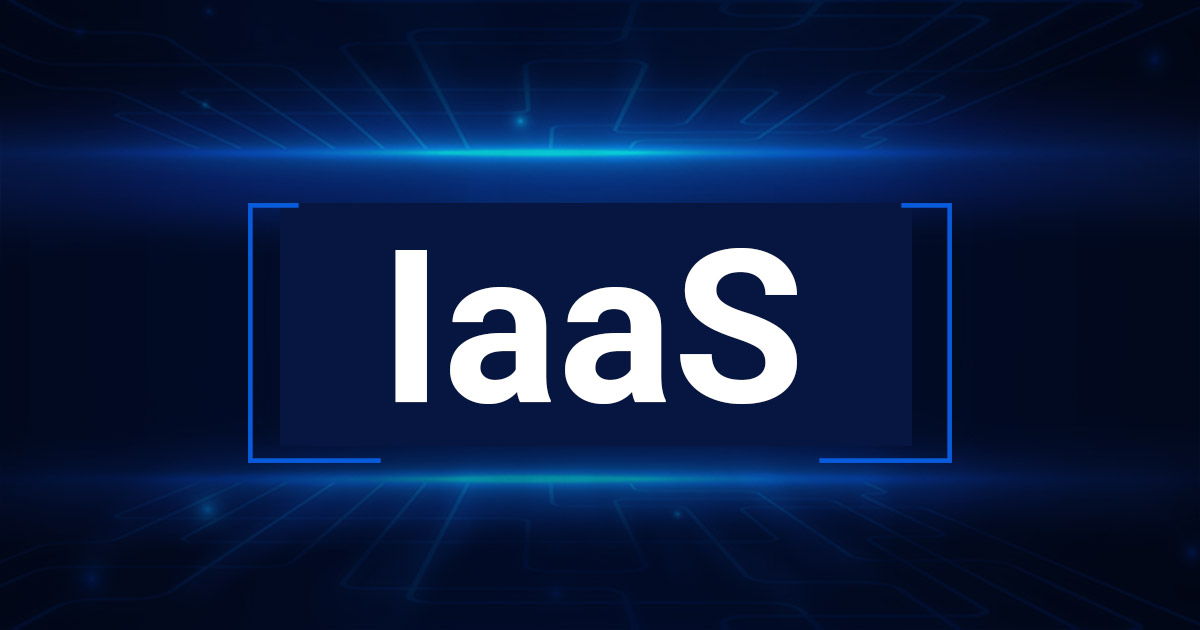DRaaS – Disaster Recovery as a Service
Last Updated: February 9th, 2023 5 min read Servers Australia

There are a lot of disasters that could cause extended downtime, data loss and serious damage to your operations. As a not for profit, corporation or government entity, you depend on reliable access to the systems that power your organisation. The long and short-term damage that could happen if you don’t have a way to get your network and systems back up in this situation can be immense, so IT disaster recovery (DR) is important.
Traditional disaster recovery systems require a lot of equipment, maintenance and testing, as well as multiple Data Centres. You have to have a business continuity plan in place for every type of potential disaster, as well as staff who are ready to execute these plans at a moment’s notice. The amount of resources you need to fully recover from this type of situation can be substantial as well. If you don’t have the right experts in-house, you end up with a recovery that takes far longer than it should.
Some cloud computing providers are offering a cloud-based approach to disaster recovery, called Disaster Recovery as a Service, or DRaaS. The cloud’s many benefits lend themselves well to the type of systems that you need to have in place during a disaster, and this approach could be the right decision for your organisation.
How Can DRaaS help your business
Streamline your Disaster Recovery processes
You’re working with a single platform in the event of a disaster with DRaaS, rather than several applications that you may need to access from different work stations. You log in to the DRaaS provider’s cloud hosting platform to access your backups and recovery resources. You can keep a close eye on the status of the recovery process.
Removes the need to maintain separate Data Centres
Natural disasters can take out an entire Data Centre for an extended amount of time, depending on the severity. Geographically distant Data Centres are necessary to avoid that kind of situation from taking out your operations, but the cost of maintaining both can take up a huge chunk of the budget. The DRaaS service provider offers redundancy through multiple geographic locations based on the customer’s needs. You can have backup servers located throughout the world, without the expenses associated with this infrastructure.
Gives you access to specialised recovery resources and experts
Disasters don’t stick to a schedule, so it’s difficult to know whether you have sufficient staff to account for one. It’s expensive to have an entire in-house DR team, especially if you go years without encountering major issues. A DRaaS provider has specialised equipment and experts on-hand and available during this critical period. You don’t have to worry about trying to get your in-house IT team to take over DR duties or hiring on contractors. Instead, you get to leverage the DRaaS provider’s expertise to get industry-leading disaster recovery assistance.
There are also many other options to consider such as IaaS – Infrastructure as a Service, PaaS – Platform as a Service. Also IaaS vs DRaaS vs PaaS.
Speeding Up Your Recovery Time
When you have a robust system in-place before something happens, you are better prepared for anything that life throws at you. A disaster that might have crippled your company before is a mere bump in the road, thanks to a DRaaS system that makes everything faster. The processes are simple and well-established, everything is properly tested on a regular basis, and your team only has to train on a single platform to make sure that everything comes back up quickly.
Reducing Your DR Costs
Building and managing your own disaster recovery solution in-house can be expensive. You need a lot of redundancy in place to stop your operation from screeching to a halt, and in some cases you have backups of backups of backups. DRaaS takes away the hardware and software burden, and has built-in fail-safes so you don’t have to have that kind of preparation on-site.
DRaaS replaces the cumbersome or, in some cases, non-existent disaster recovery in place at your organisation. You eliminate a lot of issues that can get in the way of a successful recovery or slow it down. When you don’t have a minute to lose, you need a reliable system that’s capable of growing with your organisation. DRaaS gives you a digital asset insurance policy that protects your precious data from being lost due to circumstances beyond your control.
How to build a disaster recovery plan includes procedures that everyone follows to ensure that your system gets up as soon as possible. The typical timeline for getting the backup server up is a few minutes following the outage of the live server. You avoid problems such as data loss, major business disruptions and the financial consequences of unexpected downtime.



